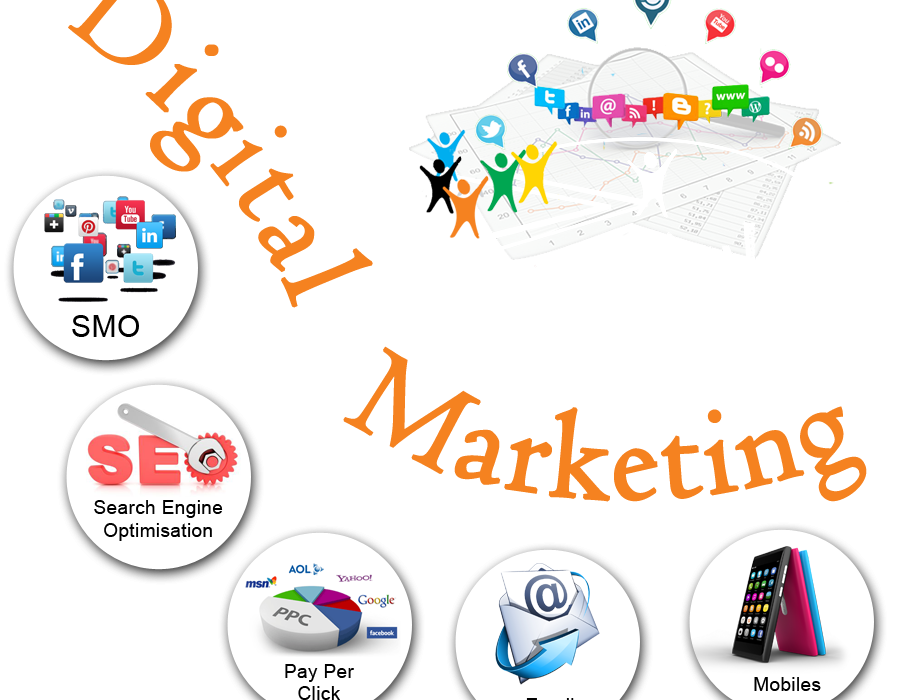Basic Digital Media Marketing Terminology that you must know
New into the world of digital media marketing? We understand that in this ever expanding world of e-commerce and digital media marketing, you won’t like to be left out and behind of your competitors. After all, Digital media marketing has become a key aspect of any company’s marketing strategy, and indispensable part of the company’s corporate communications, Brand management and PR division. Obviously, adapting the same as a part of your marketing Strategy is essential.
But, there are honestly lots of sophisticated jargons and “technical /management” terms that may get the heck out of you! It gets difficult when you start out.So, here’s a list of “must-know “terms to help you out. Let’s start with the jargon busting!
1.SERP – Search Engine Results Page and Page Rank
Search Engine Results Page is nothing but simply the list of results a search engine provides, after you make a search query. The position of your website in the list of results would be its “Page Rank”. For instance, that if your website is in the Fourth position in the first page for a search result, then we would say that your website has a page rank of #4
2.SEO – Search Engine Optimization
Search Engine Optimization is a buzzword now-a-days; it is a technique to improvise content of a company webpage by designing its content tactfully in a way to appear more relevant to the search engine, enabling a website to rank higher in order, on a search engine’s results page (SERP). The higher your website’s ranking, more the traffic generated.
3.Keyword
A keyword, as the name suggests, is a word or a phrase that your target audience will use to search for relevant topics on search engines. For Instance, if you are a (say) a Footwear Brand, the relevant keywords could be “Buy Snickers and Loafers” or “Footwear for Men”.
4.Keyword Stuffing
Keyword Stuffing is the method of using too many keywords in content in aspirations of making your website more visible on search engines result page, when users search writing a query which uses different combinations of those keywords using the search engine. Sprinkling relevant keywords is okay, but never stuff keywords to an extent that the content looks unreasonable, just strive to write great and valuable content for the users with tactfully inserted keywords which seem justifiable to the context of your article.
5.Domain Authority
Domain authority is an quantifiable Index, it is expressed as a scale from 1-100 that search engines use to analyze how legitimate and authoritative any company’s website is, with respect to the domain names, here, Rank 1 being the lowest rank and 100 being the highest. Here, authority refers to whether your company is the legitimate registered owner of the domain name of your website. The higher your domain authority is, the more Search Engines will trust you.
6.Organic Traffic
Organic Traffic is the traffic that is directed to your website which is singularly generated by a Search Engine simply as a response to any search query which has the same or similar keywords as what you have in your website content. This can be the traffic directed from Yahoo, Google or Bing. It’s also many-a-times referred to as “Free” traffic. Frankly Speaking, the Organic traffic is the best type of traffic in context of your company’s digital marketing!
7.Paid Traffic
Paid search is an interesting advertising strategy for digital marketing. When any company bids on some specific keywords and makes advertisements and promos over the web around those keywords to be displayed on search engines, along with the normally fetched results, when any of the search queries contains the same or similar terms, it may generate additional traffic to that company’s website, which is then “paid for” by the company. Interestingly, these results appear separately, either on the right side, top or bottom of a search results, clearly differentiated from the normal search results in the page, so that they catch the eyes of the users. Paid traffic may also comprise of any form of paid advertisement that directly links the user to your website.
8.Click-Through Rate- CTR
The Click-through Rate typically measures the percentage of audience who actually click on the given link. A Link can be usually placed in an email, website page, an advertisement, etc. The higher the percentage (CTR), the more users did check out your website.
9.Cost per Click- CPC
The Cost per Click is basically a pricing model where companies who want to publicize their product/website (say yours!) are charged by the publishers (i.e. the owners of the website, or a blog) for every click their audience make on your ad posted on their website/blog which directs people to your company’s website.
10.Conversion
Merely clicking on your website’s link may not be always much helpful to you! The user should actually be interested to navigate your website once He/ She lands into it. He/She should get engaged to your content, which then can lead him/her to try out what you have to offer and actually becomes your customer. Thus, when a visitor actually takes any desired action while visiting your site, it is termed as conversion. The ‘desired’ action can be any interaction where customer seems to be interested, like it can be purchasing your product or service, enrolling in a membership , signup or downloading or registration for receiving monthly newsletters.

